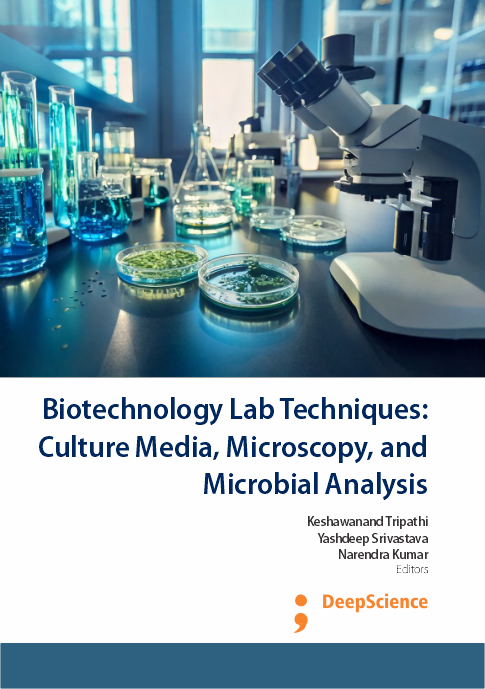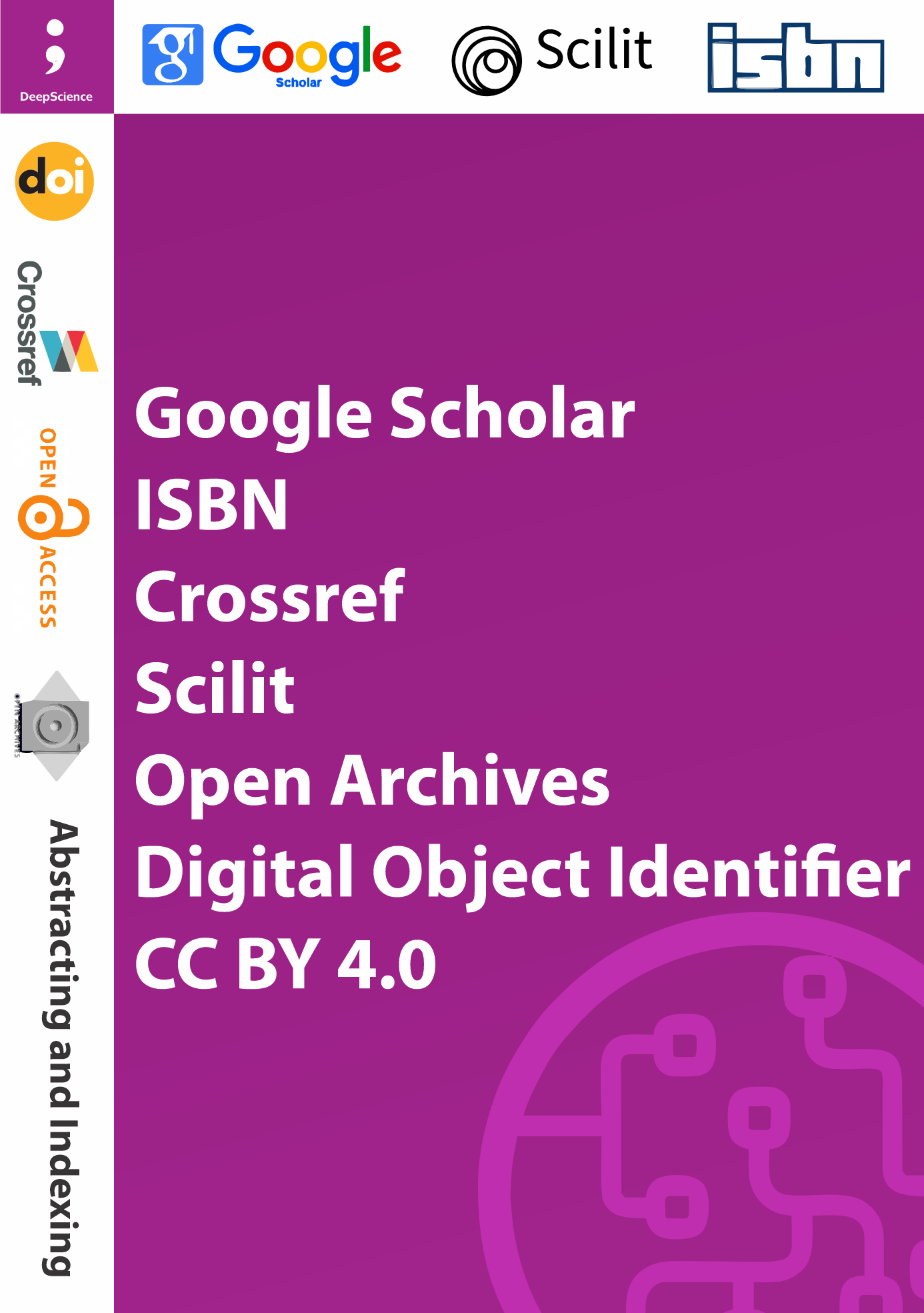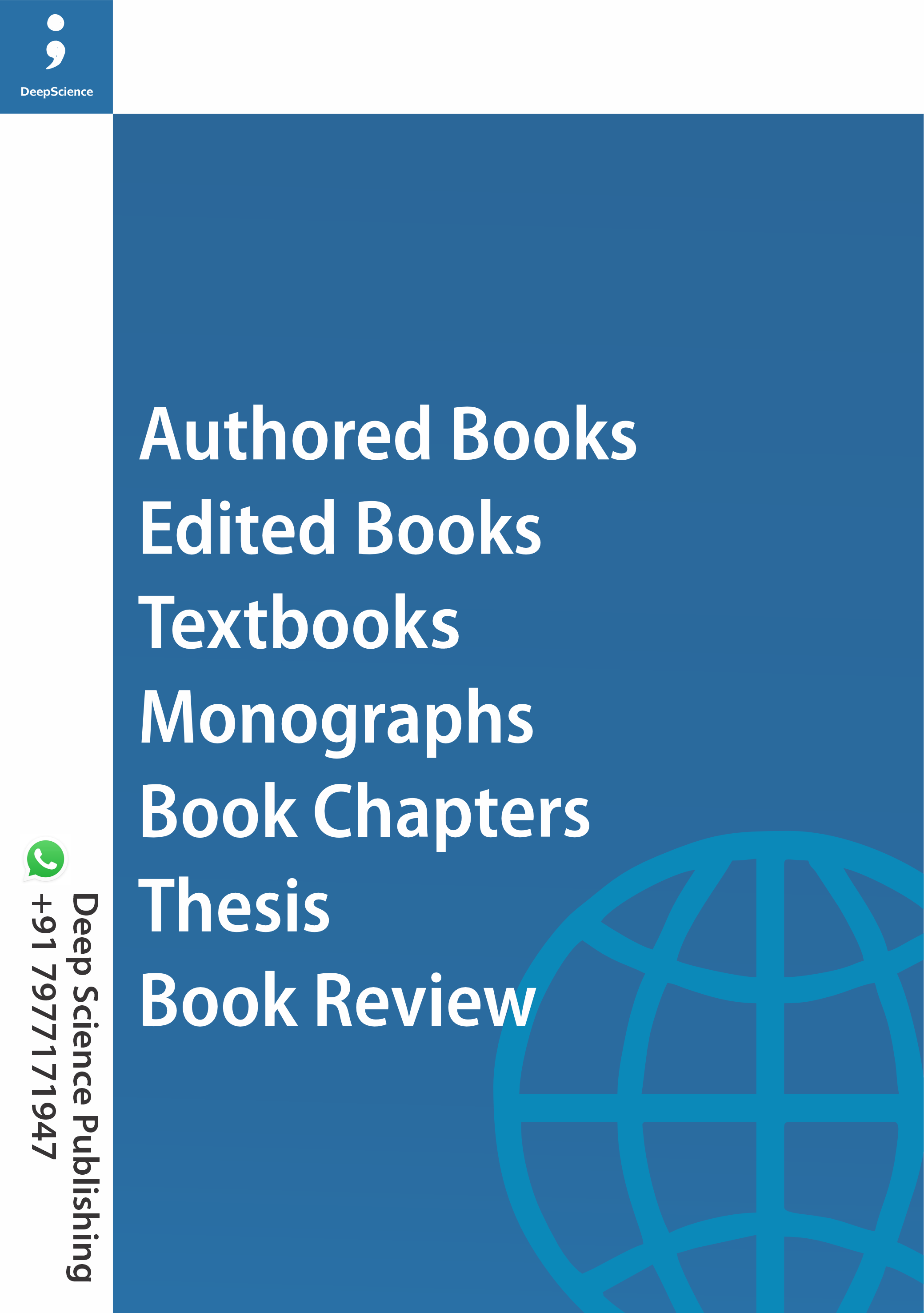Extraction and purification of plasmid DNA from bacteria: Techniques and applications in molecular biology
Synopsis
Plasmids, self-replicating DNA molecules distinct from the bacterial chromosome, are typically circular, covalently closed, and super-coiled (Sambrook, and Russell, 2001; Srivastava et al., 2022). These molecules harbor genes encoding specific functions, like antibiotic resistance, which are advantageous but not vital for regular cellular activities. In recombinant DNA technology, plasmid DNA serves as vectors for transporting foreign DNA (Wilson and Walker, 2010). They replicate autonomously within host cells and exhibit discernible traits aiding in their identification. Genetic engineering leverages recombinant DNA technology to merge genes with plasmid vectors and replicate them in host cells. Through molecular biology techniques, scientists can synthesize and utilize a diverse range of genes and their products across various sectors including industry, medicine, and agriculture (Tripathi et al., 2013). A modified alkaline lysis method, based on Birnboim et al., 1979, is employed to extract plasmid DNA from E. coli efficiently. This protocol allows for rapid and cost-effective recovery of substantial quantities of plasmid, suitable for cloning or restriction analysis (Brown, 2010; Tripathi et al., 2018). However, the plasmid purity attained may not be sufficient for sequencing purposes.














